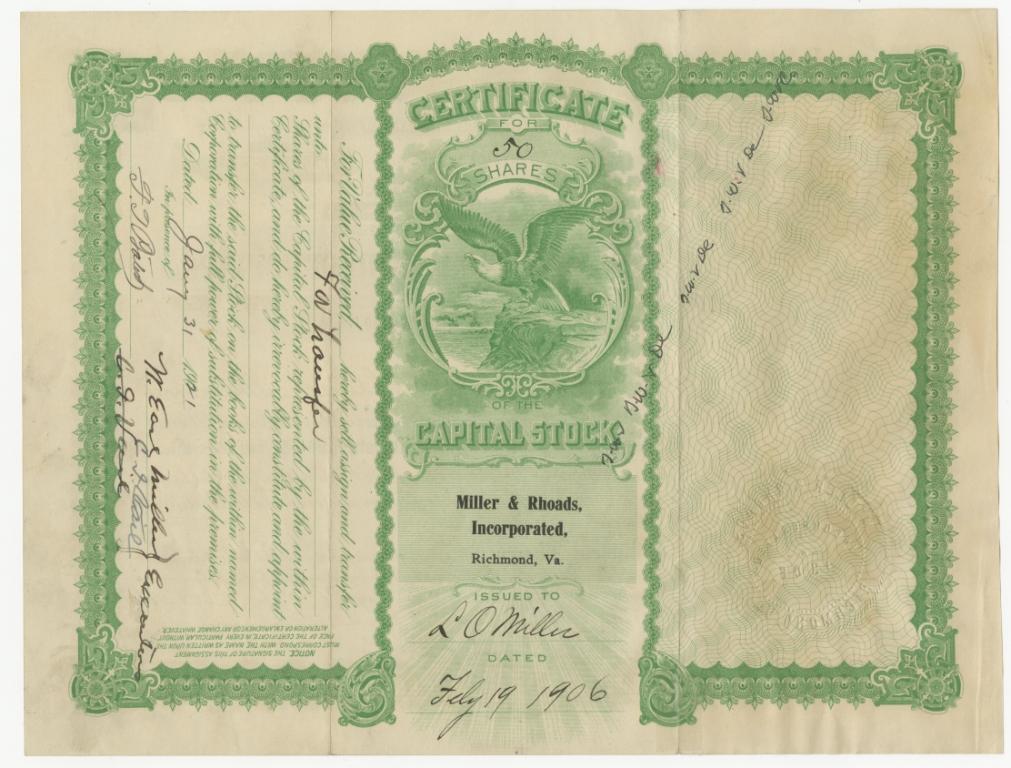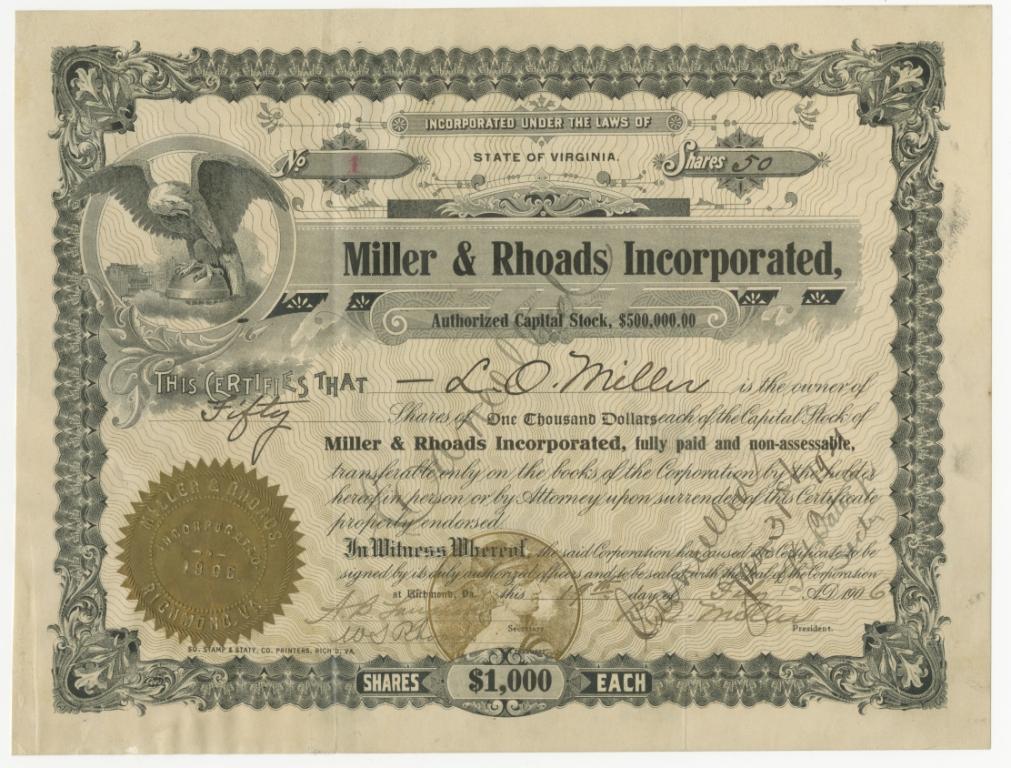Hopewell, Virginia Locals of United Mine Workers of America Photograph Collection
C1:127
ca. 1940–1975, bulk 1947–1957
3,888 negatives, photographs
Spanning nearly three decades, this collection includes candid images documenting the growth of an industrial city. In 1912, the DuPont Company selected the Hopewell area as the site of its explosive powder production operations. Completion of the factory coincided with the start of World War I. DuPont built a company town around the factory, providing housing for the workers. As with other industrial planned communities of the early twentieth century, DuPont also provided for the physical, intellectual, and social lives of its workers by building schools, churches, gymnasiums, libraries, clinics and hunt clubs. By the 1930s, several local and national industries recognized Hopewell’s pool of workers and established factories alongside DuPont.
In an effort to preserve individual employee rights in a town largely controlled by industry, Hopewell plant workers joined labor unions such as District 50 of the United Mine Workers of America (UMWA). The UMWA industrial union was formed in 1890 by the amalgamation of the National Progressive Union (organized 1888) and the mine locals under the Knights of Labor. The UMWA’s stated purpose was to address the lack of continuity of employment, limited access and ownership in company-owned towns, and the extreme occupational hazards that led to regular strikes and constant efforts to improve conditions through collective bargaining. At the time of the construction of Union Hall in 1952, five local chapters were represented … Read the rest
Hopewell, Virginia Locals of United Mine Workers of America Photograph Collection Read More »



